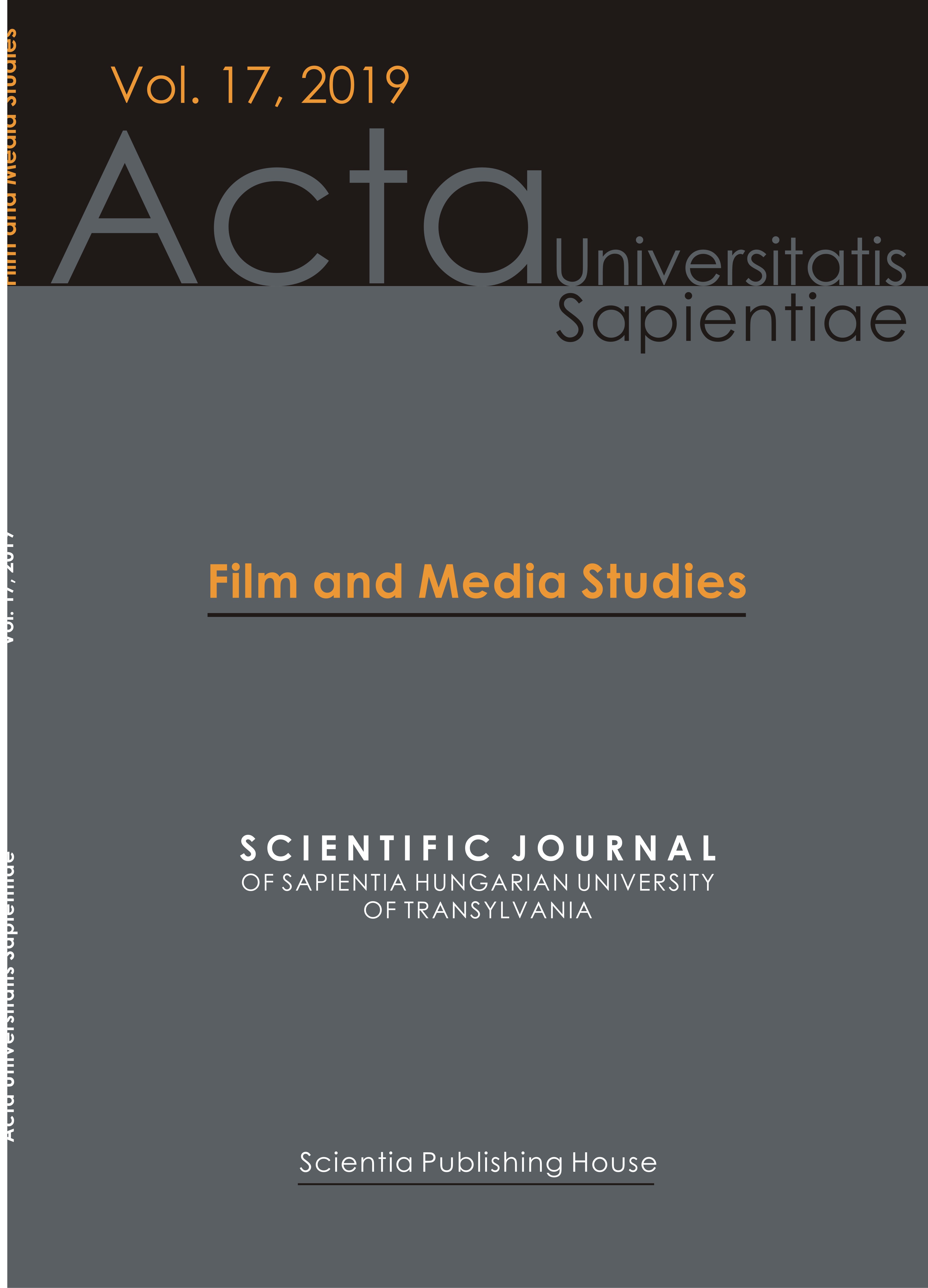Television and Video Screens in Filmic Narratives: Medium Specificity, Noise and Frame-Work
Television and Video Screens in Filmic Narratives: Medium Specificity, Noise and Frame-Work
Author(s): Andrea VirginásSubject(s): Fine Arts / Performing Arts, Film / Cinema / Cinematography
Published by: Scientia Kiadó
Keywords: cinematic screen; electronic screen; diegesis; noise; narrative levels
Summary/Abstract: The paper discusses pertinent aspects of the screen as a device of framing and re-ordering. Television and video screens introduced in filmic diegesis are attributed three main functions (spatial, temporal, and topical re-ordering) and are related to the relationships Gerard Genette establishes between first-order narrative and metadiegetic levels (1987), as well as Lars Elleström’s extracommunicational and intracommunicational actual and virtual spheres (2018). The visibility through noise of the televisual and the video media is theorized based on Sybille Krämer’s media theory (2015), and three pre-digital arthouse films: Videodrome (1984, David Cronenberg), Irma Vep (1996, Olivier Assayas), and Lost Highway (1997, David Lynch).
Journal: Acta Universitatis Sapientiae, Film and Media Studies
- Issue Year: 2019
- Issue No: 17
- Page Range: 81-96
- Page Count: 16
- Language: English

